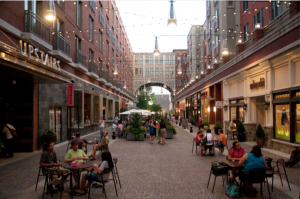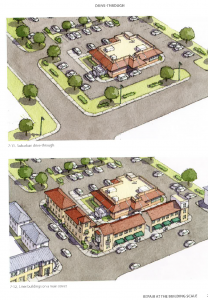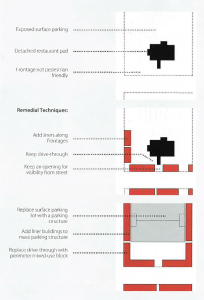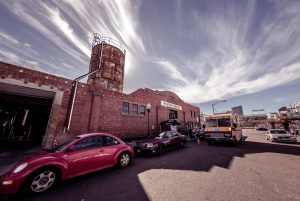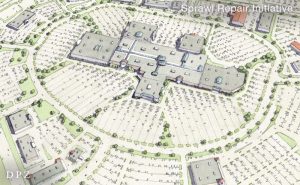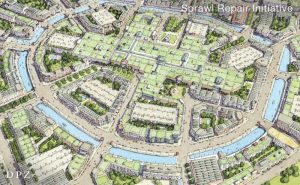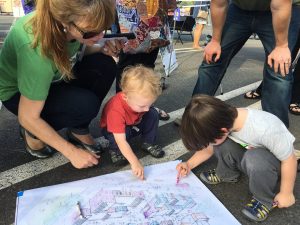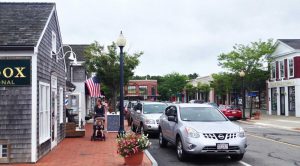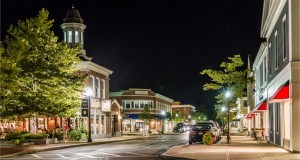Suburbanism reversed in a generation?
Author: Laurie Volk, Todd ZimmermanOutlet: Build a Better Burb - The Hub for Great Suburban DesignPublished: August 14, 2017 Articles 0According to Laurie Volk and Todd Zimmerman, “Since the turn of century, the demographic convergence of the two largest generations in the nation’s history, Baby Boomers and Millennials, both at life stages favoring community-oriented neighborhoods has formed the foundation for a nationwide urban resurgence.
The impact has been felt in neighborhoods at every scale, from the nation’s greatest cities to small, walkable 19th century downtowns that have become the de facto urban centers for surrounding auto-oriented subdivisions.”
However, there are other distinctions among households that can be more meaningful than age cohort, including preferences for urban scale and taste for new versus old.
In addition, Millennials’ life stage, financial circumstances and attitude toward ownership housing threatens to clog the whole system of ownership housing.
Millennial families’ continued embrace of walkable urbanism will depend on the success and quality of re-urbanization, particularly in smaller-scale urban centers, and whether a range of housing types can be developed, redeveloped, restored or maintained within these walkable neighborhoods. And, perhaps more importantly, it will depend on whether these dwellings, whether for-rent or for-sale, will be affordable to a wide spectrum of households.
